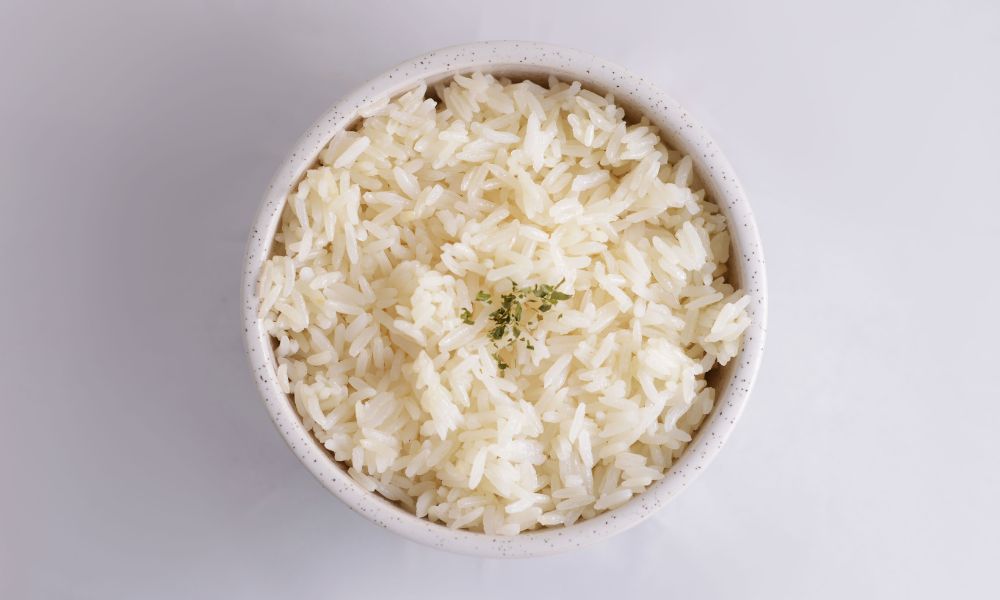Ever wonder how long that leftover rice is actually good for? We’ve got the answers, plus tips for storing cooked rice, freezing it for longer shelf life, identifying spoilage, and even some tasty ideas for using up those leftovers.
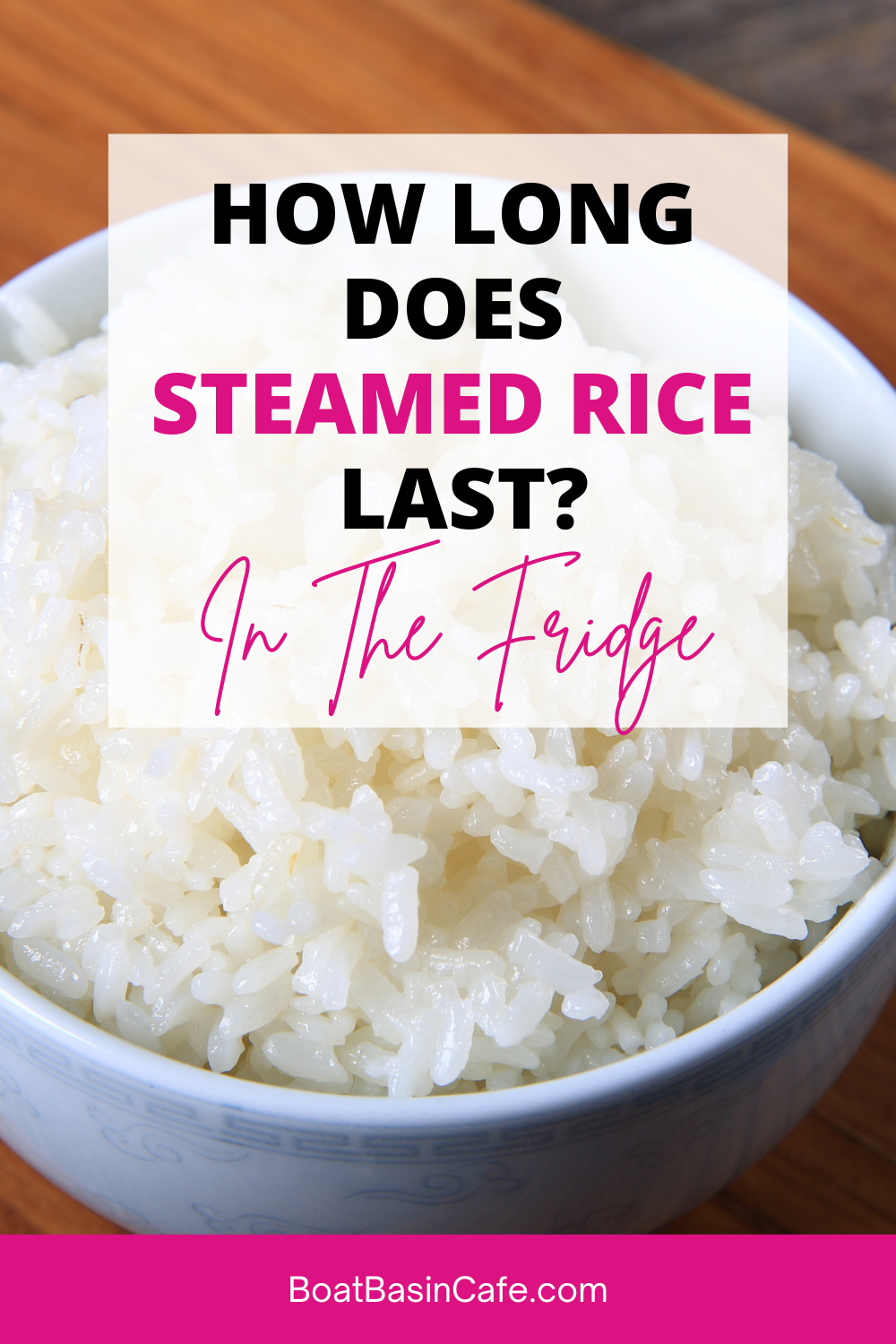
How Long Will Cooked Rice Last In The Fridge?
So, how long is leftover rice safe to eat? Here’s the rundown for common rice varieties:
- White Rice: 3-4 days
- Refrigerate white rice in an airtight container within 2 hours of cooking.
- When stored properly, cooked white rice will maintain its best quality for 3 to 4 days in the refrigerator.
- Brown Rice: 3-4 days
- Like white rice, refrigerate leftover brown rice in a sealed container within 2 hours of cooking.
- Cooked brown rice also lasts 3 to 4 days in the fridge when stored correctly.
- Basmati Rice: 3-4 days
- Basmati rice, known for its distinct aroma and flavor, should be refrigerated in an airtight container within 2 hours of cooking.
- When properly stored, leftover basmati rice stays fresh for 3 to 4 days in the refrigerator.
- Wild Rice: 3-4 days (some sources suggest wild rice may last a bit longer)
- After cooking, store leftover wild rice in a sealed container in the fridge within 2 hours.
- Cooked wild rice maintains its quality for 3 to 4 days in the refrigerator, though some sources indicate it may last slightly longer.
According to the USDA, refrigerated leftovers, including cooked rice, should be eaten within 3-4 days for optimal safety. While storage durations are similar across rice types, subtle differences may exist.
3 Signs Your Leftover Rice Has Gone Bad
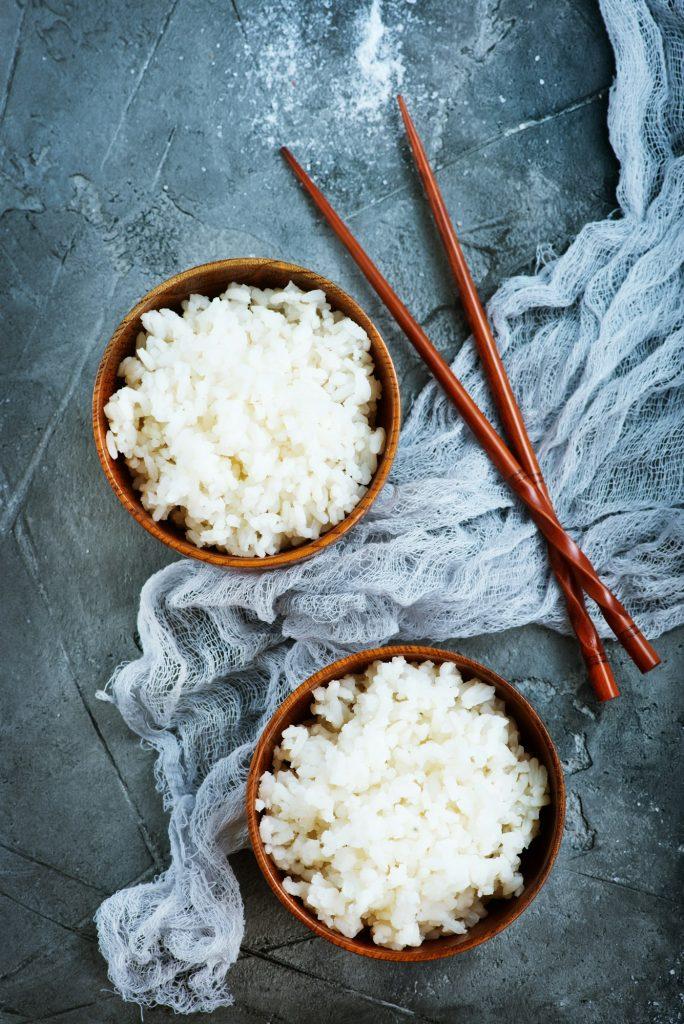
Eating spoiled rice can lead to food poisoning, so it’s crucial to know when it’s time to toss that leftover rice. Here are the key signs to watch for:
- Smell: Sour, rancid, or fermented odors indicate spoilage
- Fresh cooked rice has a neutral, starchy aroma.
- If your leftover rice smells off, with a sour, rancid, or fermented odor, it’s a clear sign that the rice has spoiled and should not be consumed.
- Texture: Slimy, sticky, or excessively hard rice has likely gone bad
- Properly stored leftover rice should be slightly firm and dry.
- If your cooked rice feels slimy or sticky to the touch, or if it has become hard and dry beyond the point of simple reheating, it’s likely no longer safe to eat.
- Appearance: Visible mold spots of any color mean it’s time to discard
- Cooked rice should maintain its original color (white, brown, etc.) without any visible discoloration.
- If you notice any mold growth, which can appear as green, blue, black, or white spots, discard the rice immediately. Do not attempt to salvage moldy rice by removing the affected portions.
Extend Your Rice’s Life: Freezing Tips
To store cooked rice for longer than a few days, your best bet is freezing. Here’s a quick how-to:
- Cool the cooked rice thoroughly
- After cooking, let the rice cool completely to room temperature. This helps prevent moisture buildup and ice crystals when freezing.
- Transfer to airtight, freezer-safe containers or bags
- Portion the cooled rice into airtight, freezer-safe containers or resealable bags.
- If using bags, remove as much air as possible before sealing to prevent freezer burn.
- Label with the date and amount
- Use a permanent marker to label each container or bag with the date and the amount of rice inside.
- Labeling helps you track how long the rice has been frozen and portion out the right amount for future meals.
- Freeze for up to 6 months
- When stored properly in the freezer, cooked rice maintains its quality for up to 6 months.
- While rice can be frozen for longer, it may start to lose its texture and flavor after the 6-month mark.
To defrost, simply transfer the container to the fridge overnight or use the defrost setting on your microwave.
When reheating frozen rice, add a splash of water or broth to help restore moisture and prevent dryness.
Storing Dry Rice: Keep it Sealed
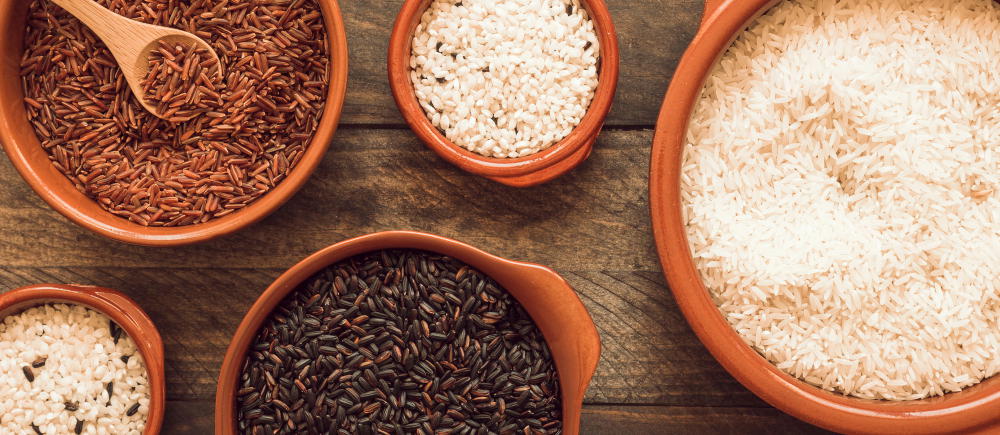
Uncooked, dry rice has a much longer shelf life than cooked rice. To maximize its longevity:
- Store in sealed, airtight containers in a cool, dry place
- Transfer dry rice from its original packaging to airtight containers, such as glass jars or plastic storage bins with tight-fitting lids.
- Keep the containers in a cool, dry area of your pantry or kitchen, away from heat sources and direct sunlight.
- Use within the timeframe indicated on the package
- Most packaged dry rice includes a “Best By” or “Use By” date. While rice can often be safely consumed past this date, it’s best to use it within the recommended timeframe for optimal quality and freshness.
- For longer storage, consider refrigerating or freezing dry rice
- If you need to store dry rice for an extended period, placing it in the refrigerator or freezer can help prolong its shelf life.
- When refrigerating or freezing dry rice, use airtight containers to prevent moisture absorption and keep out pests.
Don’t Waste It! Leftover Rice Ideas
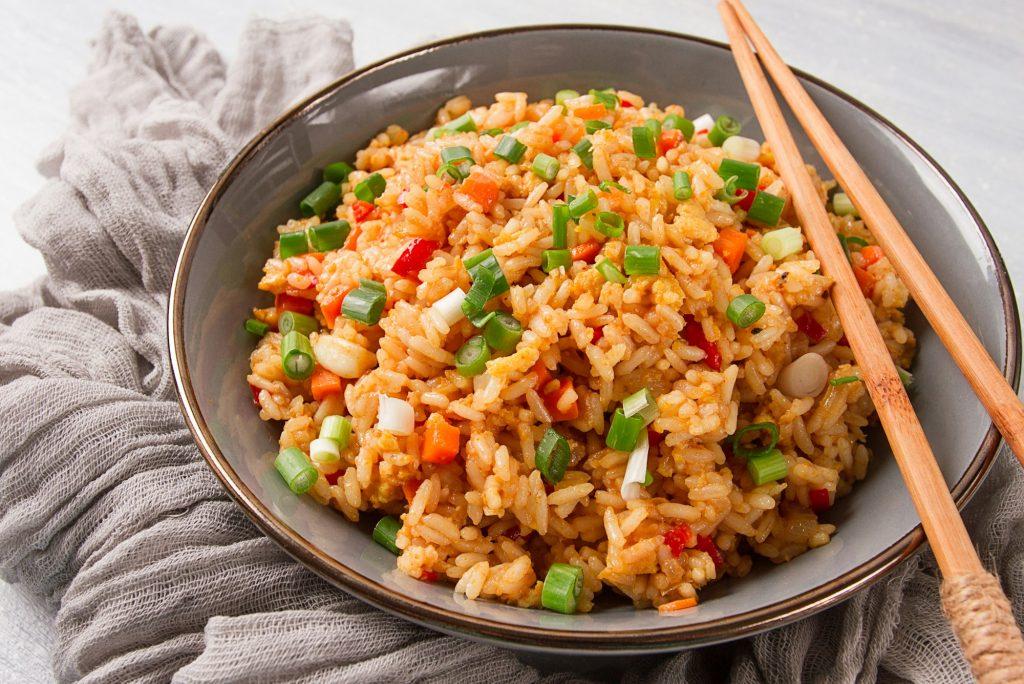
Got cooked rice that’s still good? Don’t let it go to waste! Here are a few delicious ideas:
- Vegetable Fried Rice
- Transform leftover rice into a satisfying meal by stir-frying it with your favorite vegetables, such as carrots, peas, and bell peppers.
- Add soy sauce, ginger, and garlic for a flavorful twist.
- Get the full recipe here.
- Cheesy Chicken and Rice Casserole
- Combine leftover rice with cooked chicken, cheese, and a creamy sauce for a comforting casserole.
- Top with breadcrumbs and bake until golden brown and bubbly.
- Find the detailed recipe here.
- Mexican Rice and Bean Burritos
- Mix cooked rice with black beans, salsa, and shredded cheese.
- Wrap the mixture in tortillas for a quick and easy burrito filling.
- Check out the step-by-step recipe here.
FAQs
Can I eat rice after 5 days in the fridge?
For best quality and safety, consume refrigerated leftover rice within 3-4 days. After 5 days, the risk of foodborne illness increases.
If the rice looks, smells, and tastes okay, it might still be safe to eat, but use your best judgment and err on the side of caution.
Why did my rice get hard in the refrigerator?
Rice loses moisture in the fridge, causing it to dry out and harden.
To prevent this, store leftover rice in an airtight container to lock in moisture.
When reheating refrigerated rice, add a splash of water or broth to help restore its texture and fluffiness.
The Bottom Line
By following these guidelines for storing, freezing, and repurposing your leftover rice, you can ensure you’re always eating safe, tasty meals while minimizing food waste.
Remember, when in doubt about the safety of your cooked rice, it’s best to toss it out. Stay safe and happy cooking!
